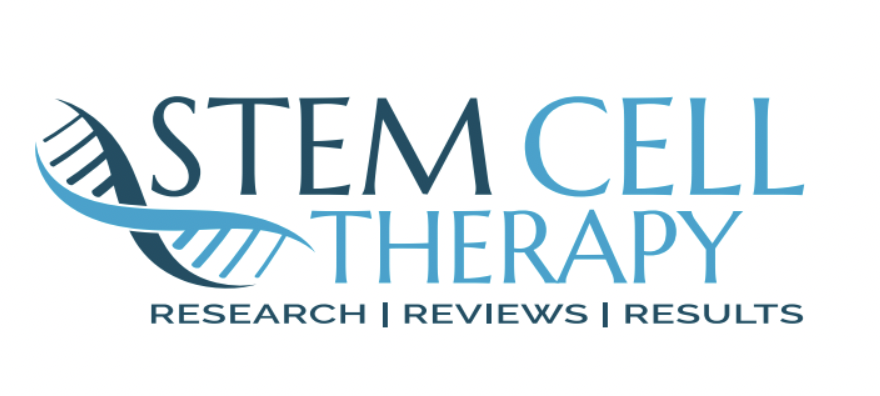COPD
Stem Cell Therapy for COPD


What is Stem Cell Therapy?
Stem Cell Treatment for COPD: How Does it Help?
01
Reduces Inflammation
Stem cells release anti-inflammatory molecules that calm the chronic lung inflammation in COPD. This opens up constricted airways.
02
Regenerates Lung Tissue
Stem cells can differentiate into healthy lung cells, replacing those lost to COPD. This helps restore lung capacity.
03
Repairs Lung Damage
Stem cells can migrate to damaged areas in the lungs and stimulate the healing of destroyed lung tissue. This improves oxygen exchange.
04
Reduces Mucus Production
Stem cells help reduce excess mucus secretion that clogs airways in COPD patients. This makes breathing and coughing easier.
05
Suppresses Immune Imbalance
Stem cells help re-balance the immune system activity that drives COPD progression. This slows lung deterioration.
06
Promotes Vascular Growth
Stem cells support new blood vessel development to improve circulation and healing in the lungs.
07
Enhances Lung Function
By reducing inflammation, regenerating tissue, and repairing damage, stem cell therapy improves lung function and breathlessness.
08
Slows Disease Progression
Stem cells may decelerate the advancement of COPD by treating underlying causes and damage.
09
Improves Quality of Life
Patients report better endurance, less dependence on oxygen, and expanded abilities to stay active after stem cell therapy.
The Process of Stem Cell Therapy for COPD
We use umbilical cord tissues that have a high concentration of stem cells.
These tissues are obtained from FDA-licensed tissue banks.
The stem cells are processed and concentrated within a few minutes.
Guided by imaging, the stem cells are injected into the damaged areas of your body.
The full procedure takes about an hour.
Patients can resume normal activities within a few weeks after the treatment.
Maximum improvement occurs after 1-2 months as the stem cells reduce scar tissue, grow new blood vessels, and regenerate damaged organs.

FAQs about Stem Cell Therapy for COPD


Key Benefits of Stem Cell treatment for COPD
Reduces chronic lung inflammation
Regenerates damaged lung tissue
Repairs areas of destroyed lung
Restores lung capacity and function
Opens constricted airways
Reduces coughing and excess mucus
Enables deeper, freer breathing
Reduces dependence on oxygen
Allows greater physical activity
Slows down COPD progression
It avoids risky surgery and drugs
Mild side effects and excellent safety
Improved quality of life for years
It helps you stay active and independent
Other Benefits of Stem Cell Therapy
01
Healing the Heart with Stem Cells
Stem cell therapy is emerging as a promising treatment option for various heart conditions. Stem cells can be injected into damaged areas of the heart muscle to:
- Reduce inflammation and prevent further deterioration of heart tissue. Stem cells release anti-inflammatory factors that protect the heart.
- Regenerate healthy heart muscle cells in areas that are scarred or damaged from heart attacks or heart failure.
- Repair and replace abnormal heart tissue that causes erratic heart rhythms like atrial fibrillation.
- Promote new blood vessel growth to increase blood flow and oxygen supply to the heart.
- Strengthen weak heart muscles to help improve pumping function and ejection fraction.
- Prevent the formation of scar tissue that can impair electrical signaling in the heart.
02
Rebuilding Injured Rotator Cuffs
For torn rotator cuff tendons in the shoulder, stem cells can encourage healing by:
- Differentiating into tenocytes to form new tendon tissue.
- Increasing blood supply to deliver nutrients.
- Stimulating collagen production to rebuild tendon structure.
- Reducing inflammation and scarring that impede healing.
03
Restoring Mobility from Hip Issues
Stem cells injected into arthritic hip joints or damaged cartilage and bone can:
- Grow new cartilage cells to smooth joint surfaces.
- Differentiate into bone cells to help fractures or defects heal.
- Reduce inflammation and pain from arthritis or bursitis.
- Produce collagen to reinforce ligaments.
04
Promoting Healing of Sports Injuries
Stem cells can help the body repair itself after sports injuries like ACL/MCL tears, damaged cartilage, muscle strains, or fractures. Stem cell therapy benefits include:
- Faster healing of broken bones.
- Regeneration of torn ligaments or tendons.
- Muscle repair and reduced scar tissue formation.
- Cartilage regeneration to prevent arthritis long-term.
05
Improving Function in Osteoarthritic Joints
For joints damaged by osteoarthritis, stem cell injections can:
- Grow new cartilage to restore cushioning.
- Stimulate thicker synovial fluid to lubricate joints.
- Reduce inflammation causing irritation and stiffness.
- Slow the degenerative process.
06
Speeding Recovery from Fractures
Stem cells injected near the fracture site can:
- Differentiate into bone cells (osteoblasts) to help heal the break directly.
- Increase blood vessel growth to improve the blood supply needed for healing.
- Release growth factors to stimulate bone regeneration.
07
Reducing Degeneration in Joints, Discs, Tendons
Stem cells slow degeneration by:
- Regenerating cells to replace aged, dying ones.
- Stimulating nearby tissues to maintain structure and function.
- Reducing inflammation that drives degeneration.
- Limiting the formation of scar tissue.

